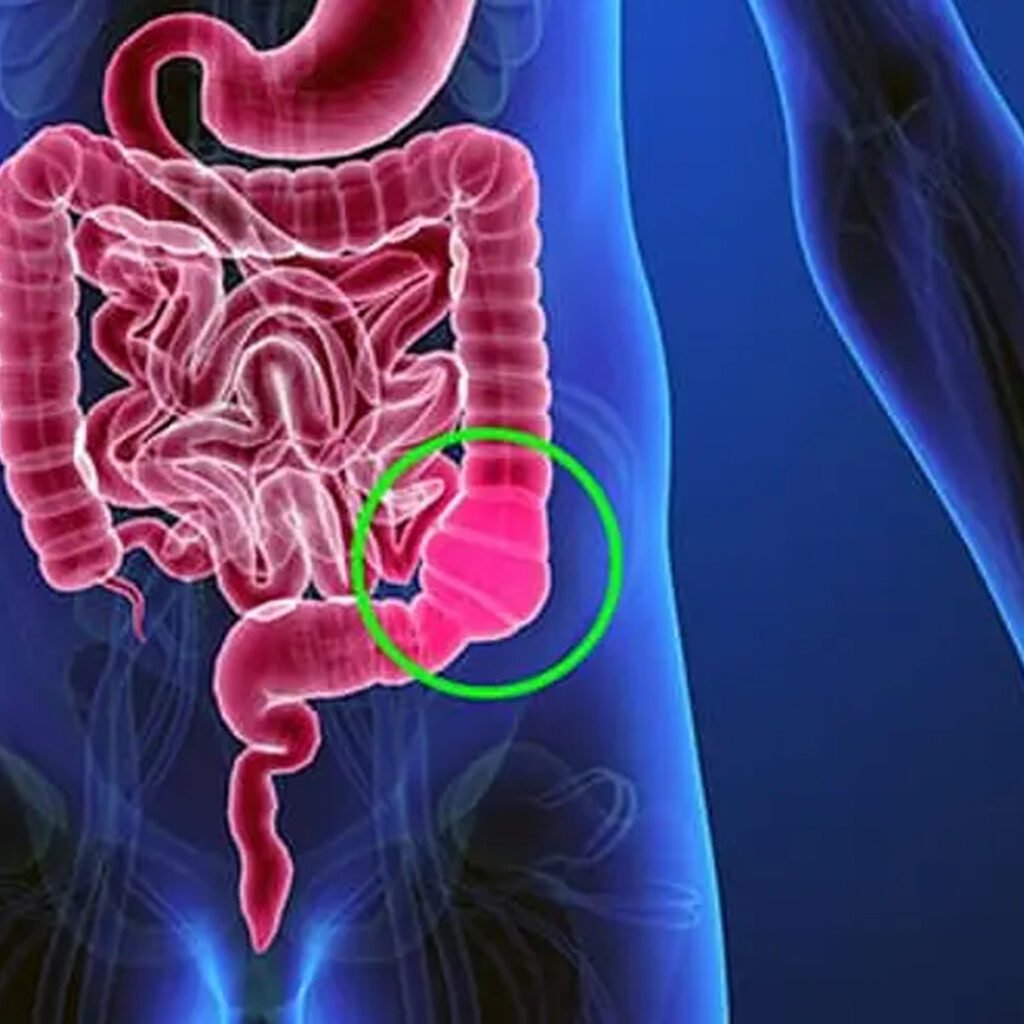Constipations
Introduction
Constipation is a common digestive disorder consisting of immoral, rigid and hard bowel movements. This occurs when the stool moves slowly through the colon, which makes it dry and hard. Factors such as poor diet, dehydration, inactivity, medicines, or medical conditions contribute to it. Increasing fiber intake, drinking adequate water, exercising, and proper treatment effectively helps manage and prevent constipation.

Types of constipation
General transit constipation
The stool moves normally, but it seems difficult to pass due to low fiber intake.
Slow transit constipation
The stool moves very slowly through the colon, leading to immoral and rigid bowel movements.
Outlet obstruction of constipation
Pelvic floor dysfunction or rectal outlet blockage causes difficulty in passing the stool.
Secondary constipation
The underlying conditions or drugs disrupt bowel function, resulting in persistent constipation symptoms.
Causes of constipation
- Consumption of low fiber reduces the bulk, which makes the bowel movements difficult.
- Consumption of insufficient water causes rigid, dried stool and constipation.
- Lack of physical activity slows down digestion and regularly affects bowel movements.
- Some drugs such as painkillers and antidepressants can trigger chronic constipation.
- Hormonal imbalances, including hypothyroidism, can negatively affect bowel regularity.
- Neurological disorders such as Parkinson's disease can cause chronic constipation issues.
- Ignoring the urge to pass the stool results in hard stool formation.
- Changes in routine, such as travel, often disturbs normal bowel habits.
- Stress and anxiety can slow down digestion, causing frequent constipation.
- Medical conditions such as diabetes and IBS usually cause frequent constipation.
Clinical features of constipation :
Infrequent Bowel Movements
Bowel movements occur less than three times per week, causing discomfort and affecting daily digestive health.
Lumpy Stools
Stools become dry, hard, and lumpy, making passage painful and often requiring straining.
Abdominal Pain
Cramping, bloating, and fullness occur due to accumulation of stool in the colon.
Straining During Defecation
Excessive effort is needed to expel stool, causing discomfort and potential anal fissures
Feeling of Incomplete Evacuation
Patients often feel bowel movements are incomplete, leaving a persistent sense of fullness.
Symptoms associated with constipation :
- Uncomfortable bowel movements cause discomfort, inflammation and digestion irregularities.
- Rigid, dried stools make it difficult and sometimes painful.
- Due to stool accumulation of stomach swelling and cramps maintained.
- Due to stress and potential anal injury during defecation.
- After intestinal movements, the feeling of incomplete withdrawal remains continuously.
- Loss of hunger and mild nausea associated with constipation.
- Toxin buildup can cause fatigue and lethargy.
- Piles or anal fissure can develop from chronic constipation.
Investigations in constipation :
- CBC helps in detecting anemia or infection, which can contribute to chronic constipation. It evaluates hemoglobin, hematocrit and white blood cell levels for underlying health conditions.
Electrolyte tests measure sodium, potassium and calcium levels. Intoma can affect bowel mobility and contribute to constipation, guide treatment for systemic or metabolic causes.
Hypothyroidism can slow down metabolism and intestinal movement. Thyroid function tests identify hormonal causes that contribute to chronic constipation.
High or low blood sugar can affect intestinal movements. Monitoring glucose helps in detecting constipation related to diabetes.
X-rays can cause stool accumulation, bowel obstruction, or other structural abnormalities.
Colonoscopy examines the entire colon to detect tumors, strictness, or inflammatory conditions, causing frequent constipation.
Sigmoidoscopy focuses on the rectum and lower colon, which identifies local causes of constipation such as polyps or structural abnormalities.
Barium enema imaging underlines the colon structure, which helps in identifying narrowness, obstruction, or unusual mobility.
Measure pressure and muscle function in the rectum and anus, evaluates for outlet obstruction or pelvic floor dysfunction.
Tests such as radiopaque marker studies were assessed how much time it takes to transfer through Sloul, identifies slow transit constipation.
